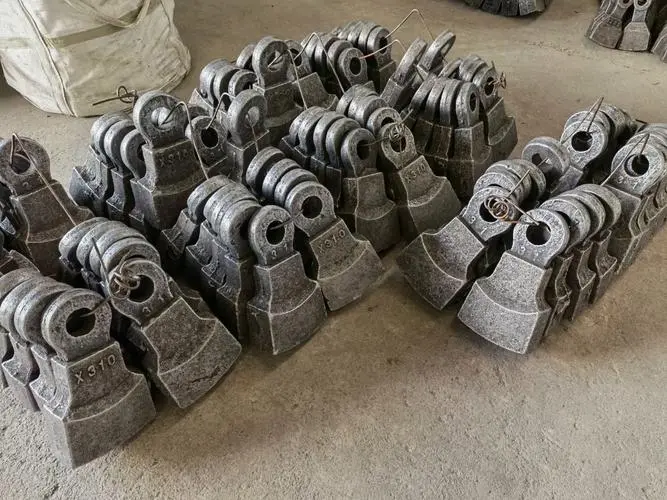- Introduction to the adjustment method of rotary kiln roller steel castings
- Technical requirements and material selection of precision casting
- Effect of density and Properties of large Steel Castings
- Practical significance of pump casting to pump
- Temperature control of stainless steel precision casting
- Gray iron casting production supplier
- What are the problems in the stainless steel precision casting project?
- What is the tempering treatment of stainless steel precision casting?
- Large cast steel parts of the rotary kiln
- Requirements for moulds of steel castings foundry manufacturers
- Call : +86 13390692151
- sale@kfqizhongji.com
-
Room 1, No. 21, Chaoying East Road, Zhoushi,
Kunshan City, Jiangsu Province, China
The commonly used classification precision castings
The key to precision castings is the forging and reprocessing of raw materials such as metal materials, because precision castings are also different from general forging, precision castings also have very good upgrading and independent innovation in the forging process, and the excellent rate of forged products is also relatively high, but precision castings are also classified. What is the general classification of precision castings below?
There are two types of porcelain:
1. The porcelain type is all irrigated by porcelain slurry. The production process is to first fix the appearance on the mold board, coat sandboxie, and then pour the adjusted porcelain slurry into sandboxie, wait for the glue to be hardened, start the mold, and then turn it into a mold after high-temperature heating.
two。. The shaft sleeve is selected to irrigate the porcelain slurry in the gap between the shaft sleeve and the appearance to produce the casting mold. The shaft sleeve can be made of sand mold or metal material. Using shaft sleeve to irrigate porcelain shell can save a lot of porcelain slurry and is widely used in production. The surface roughness of porcelain mold castings can reach Ra10~ 1.25 μ m, and the specification precision can reach 3 to 5 grades, which can achieve the goal of production and processing without drilling. The production cycle of porcelain forging is short, and the utilization rate of metal materials is high. Z large castings can reach more than ten tons, the key is to forge large and medium-sized thick-walled pipe precision castings and forging bulk parts for small batch production of stamping dies, forging dies, plastic moulds, metal moulds, die-casting moulds, sandwich glass moulds and other moulds. The service life of porcelain casting moulds can be compared with that of molds made by mechanical processing, while the manufacturing cost is lower than that of molds made by mechanical processing.
A forging method in which porcelain slurry is used to make moulds to produce castings. Porcelain slurry is composed of ethyl silicate hydrolysis solution and fine fireproof sand with pure material and high heat resistance, such as quartz, zircon, steel jade and so on. In order to glue porcelain slurry in a short time, sodium carbonate or magnesium oxide is often added as metal catalyst. Because the composition and appearance of the refractory and thermal insulation materials are similar to those of porcelain, it is called porcelain type. Porcelain mold forging is a new technology and new technology based on the basic development trend of general sand mold casting.





